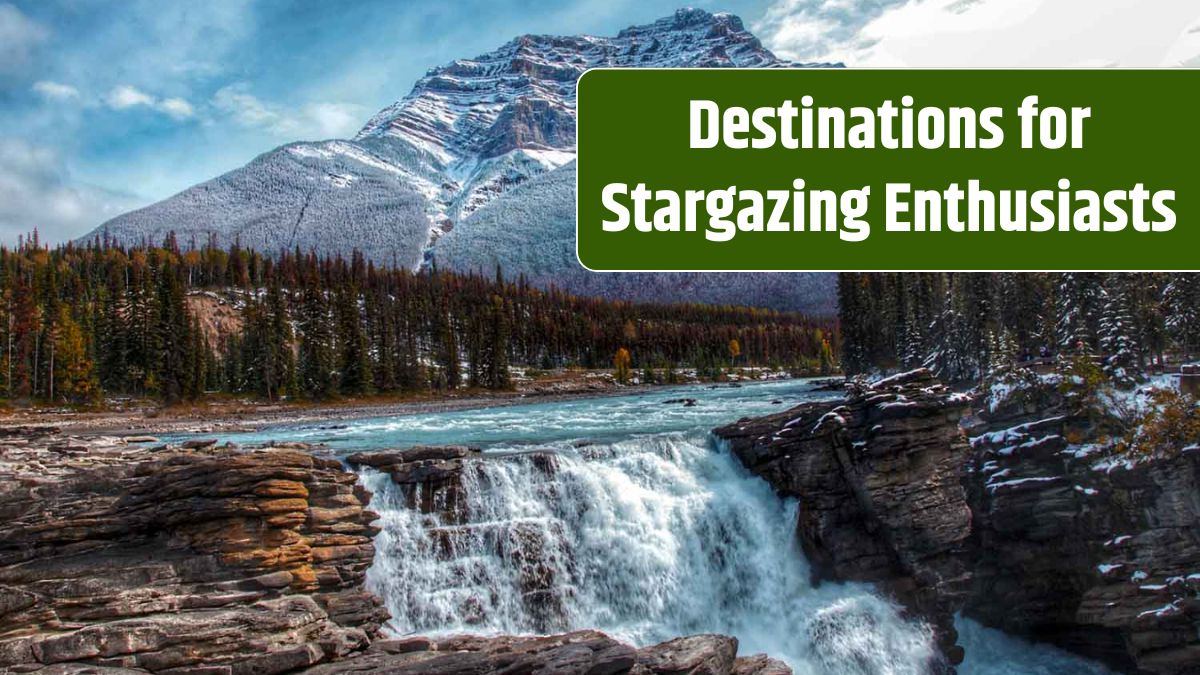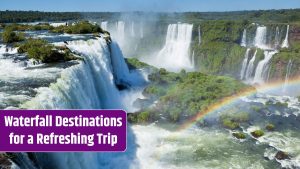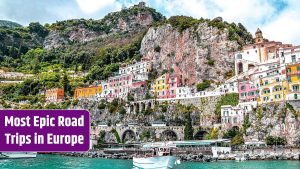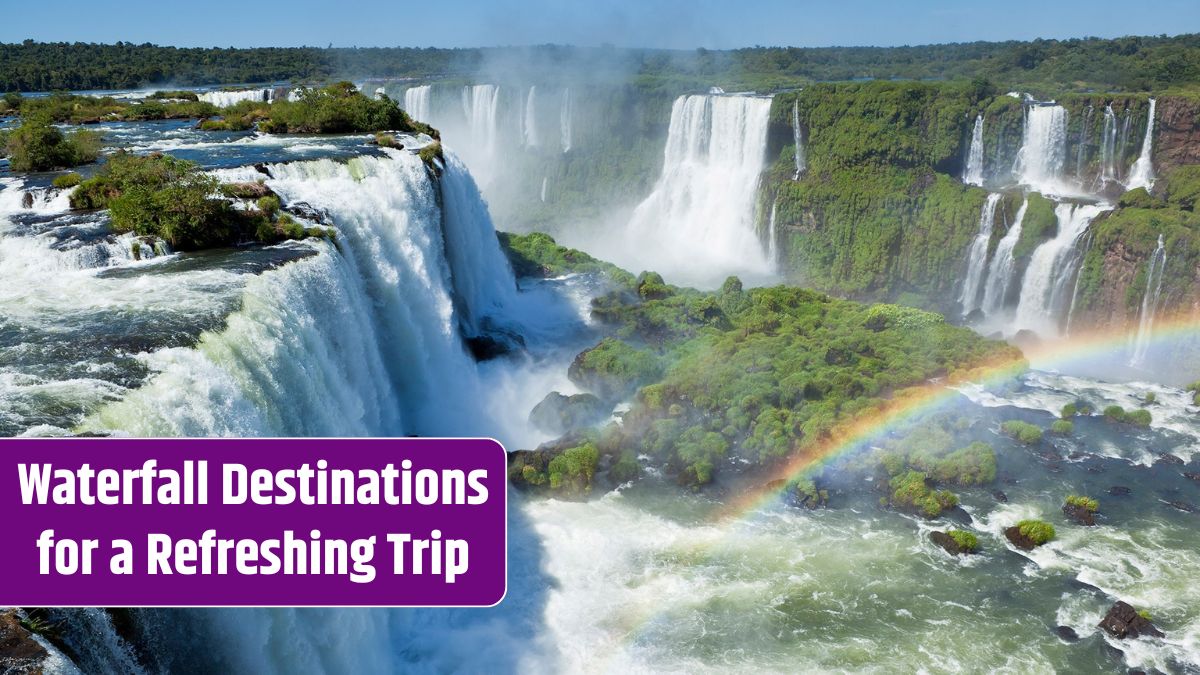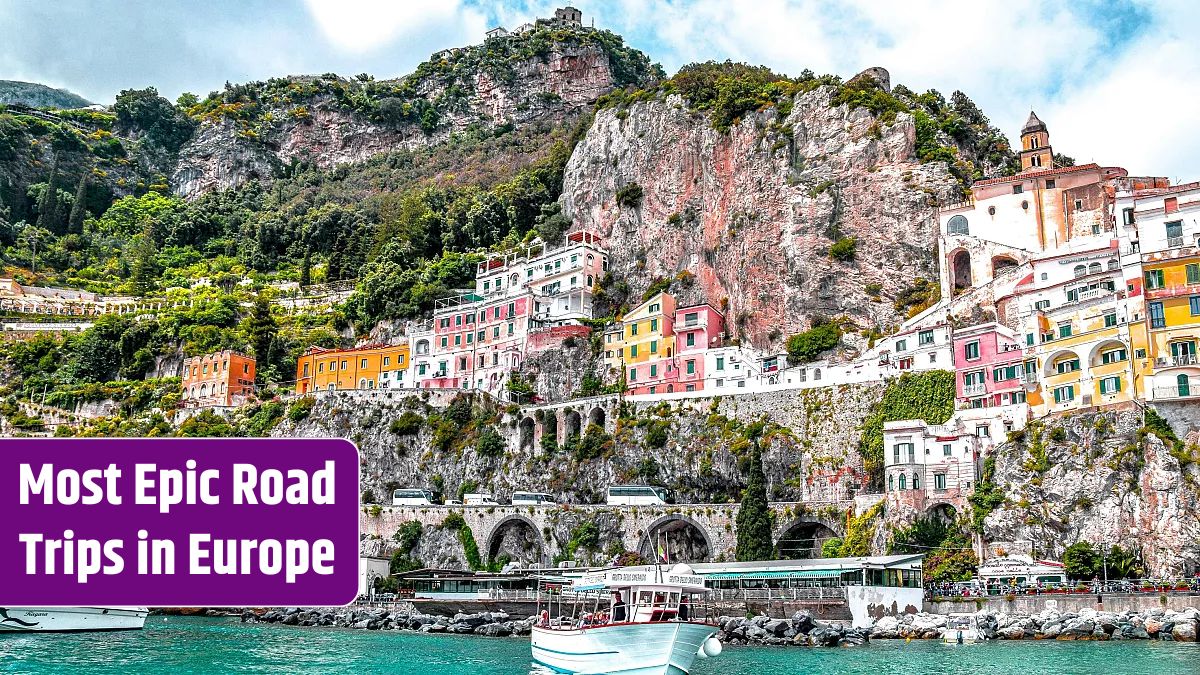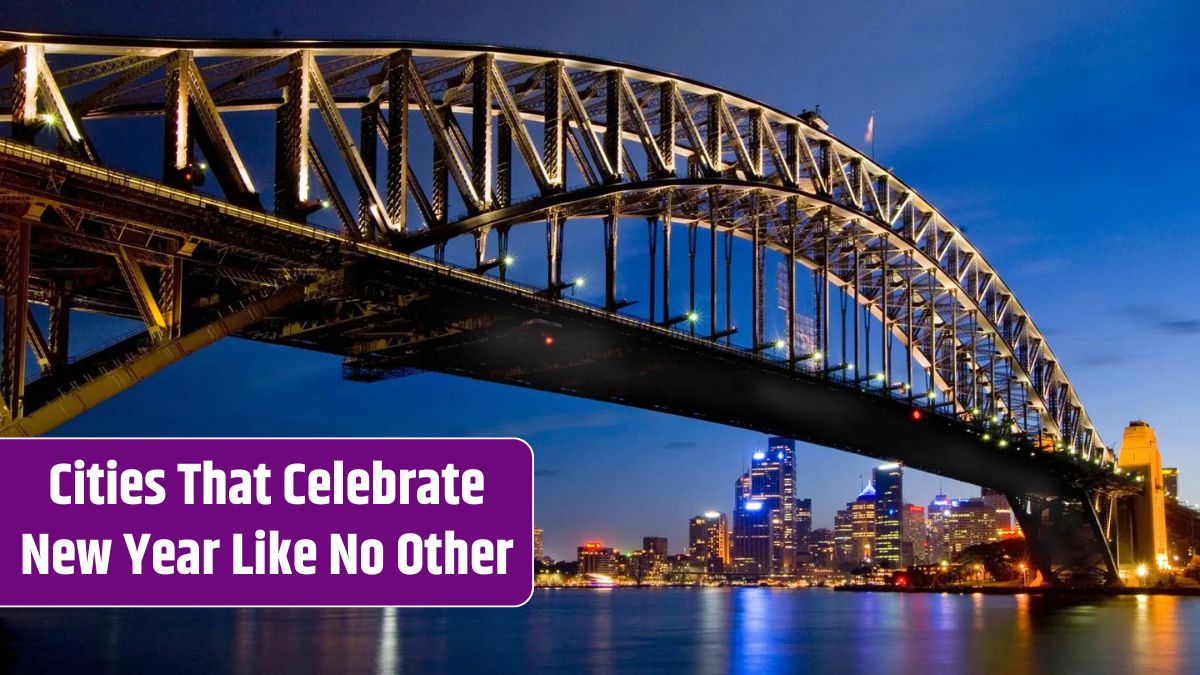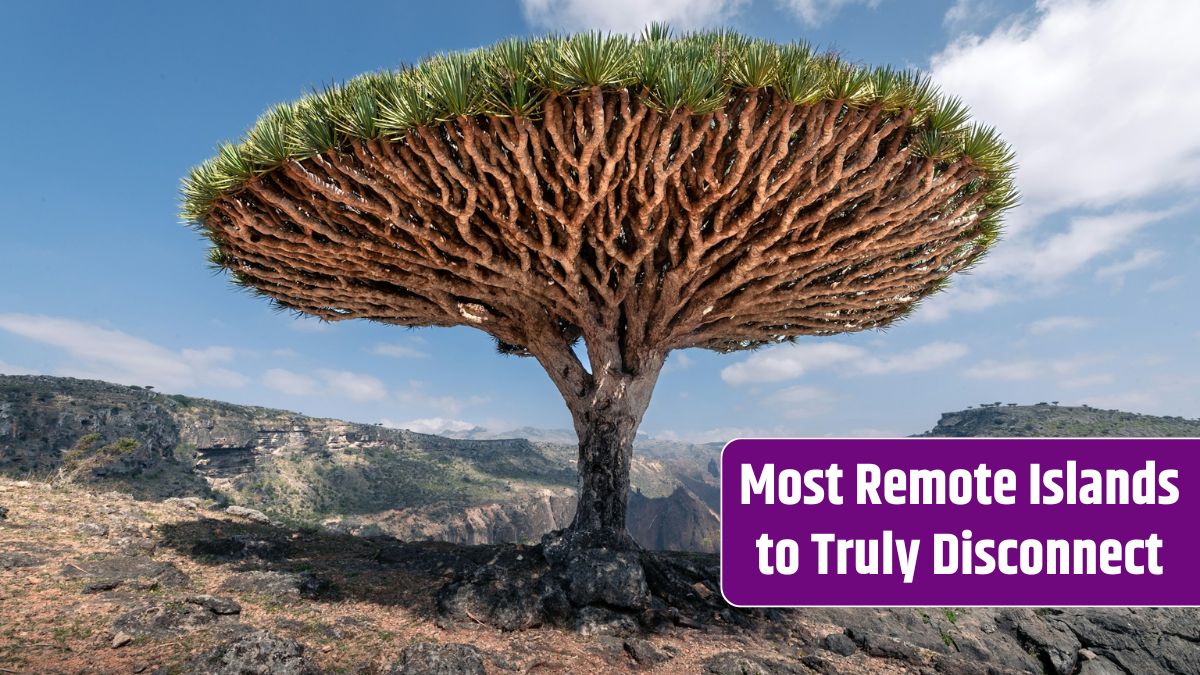For stargazing enthusiasts, there’s nothing quite like gazing at a sky blanketed with stars, planets, and constellations. Whether you’re an amateur astronomer or simply someone who loves the night sky, these six destinations offer unparalleled views of the cosmos, making them must-visit locations for an unforgettable celestial experience.
Table of Contents
Mauna Kea, Hawaii, USA
Mauna Kea, a dormant volcano, is one of the world’s premier stargazing locations. The high altitude, clear skies, and minimal light pollution make it a paradise for astronomers.
- Why It’s Special: Home to some of the most advanced telescopes, including the Keck Observatory.
- Best Time to Visit: Winter months for the clearest skies.
- What to Do: Take a guided stargazing tour or visit the Mauna Kea Visitor Information Station for telescopic views.
Pro Tip: Dress warmly—it can get surprisingly cold at the summit despite the tropical location.
Atacama Desert, Chile
The Atacama Desert is one of the driest places on Earth, making its skies exceptionally clear for stargazing. With almost no light pollution, it’s a favorite among astronomers and astrophotographers.
- Why It’s Special: Hosts ALMA, one of the most powerful radio telescopes on the planet.
- Best Time to Visit: March to December for optimal visibility.
- What to Do: Join a stargazing tour in San Pedro de Atacama and explore observatories like Paranal.
Pro Tip: Stay overnight in the desert for uninterrupted stargazing under pristine skies.
Aoraki Mackenzie International Dark Sky Reserve, New Zealand
This dark sky reserve is the largest in the world and offers breathtaking views of the Southern Hemisphere’s night sky, including the Milky Way and the Southern Cross.
- Why It’s Special: Designated as an International Dark Sky Reserve for its unspoiled darkness.
- Best Time to Visit: April to September for the clearest skies.
- What to Do: Visit the Mount John Observatory or enjoy stargazing from Lake Tekapo.
Pro Tip: Time your visit with the Aurora Australis (Southern Lights) for an added treat.
Jasper National Park, Canada
Jasper National Park, a designated Dark Sky Preserve, is a stargazer’s dream, offering stunning views of the northern lights and constellations.
- Why It’s Special: One of the world’s largest accessible dark sky preserves.
- Best Time to Visit: October to March for the northern lights; summer for constellations.
- What to Do: Attend the annual Jasper Dark Sky Festival or look into the skies with telescopes at Pyramid Island.
Pro Tip: Bring a telescope or binoculars for an even better view of distant galaxies.
NamibRand Nature Reserve, Namibia
This African desert offers vast open skies and minimal light pollution, making it one of the most unique stargazing locations in the world.
- Why It’s Special: Certified as an International Dark Sky Reserve with unparalleled clarity.
- Best Time to Visit: May to September for dry conditions and vivid skies.
- What to Do: Take a guided astronomy tour or enjoy stargazing directly from desert lodges.
Pro Tip: Combine your stargazing experience with a wildlife safari during the day.
Canary Islands, Spain
The Canary Islands, particularly Tenerife and La Palma, are renowned for their clear, dark skies. High-altitude locations like Mount Teide and Roque de los Muchachos make them ideal for stargazing.
- Why It’s Special: Hosts world-class observatories and clear skies year-round.
- Best Time to Visit: Spring and autumn for stable weather conditions.
- What to Do: Visit the Teide Observatory in Tenerife or the Roque de los Muchachos Observatory in La Palma.
Pro Tip: The annual Starmus Festival combines science, art, and music under the stars.
Stargazing Destinations
Here’s an overview of average costs for visiting these destinations:
| Destination | Accommodation (Per Night) | Tour Costs | Transport |
|---|---|---|---|
| Mauna Kea, Hawaii | $150–$400 | $50–$200 (guided tours) | $50–$100 (car rental) |
| Atacama Desert, Chile | $80–$300 | $30–$100 (tours) | $20–$50 (local travel) |
| Aoraki Mackenzie | $100–$300 | $20–$50 (observatory) | $30–$100 (car rental) |
| Jasper, Canada | $80–$250 | $20–$60 (festival tours) | $50–$150 (car rental) |
| NamibRand Reserve | $50–$200 | $30–$100 (lodges) | $50–$200 (4×4 rentals) |
| Canary Islands | $70–$200 | $20–$50 (observatory) | $20–$100 (local travel) |
Tips for a Stellar Stargazing Experience
- Check Moon Phases
New moon nights offer the darkest skies for stargazing. - Bring the Right Gear
A telescope or binoculars enhance the experience, but even a star map app is helpful. - Dress for the Weather
Deserts and high-altitude locations can get chilly at night, so layer up. - Stay Patient
Give your eyes time to adjust to the darkness for the best views of the stars.
From Mauna Kea’s towering summit to the serene landscapes of the NamibRand Nature Reserve, these destinations promise an awe-inspiring connection with the cosmos. Pack your telescope and get ready to be mesmerized by the wonders of the universe.
FAQs
Which destination is best for beginners?
Jasper National Park offers easy accessibility and guided tours.
Can I stargaze year-round in the Canary Islands?
Yes, clear skies make it ideal almost any time of the year.
What’s unique about the Atacama Desert?
Its dry climate and high altitude provide crystal-clear skies.
Are stargazing tours kid-friendly?
Yes, many tours cater to families with educational elements.
Do I need special equipment for stargazing?
Not necessarily, but binoculars or a telescope enhance the experience.
